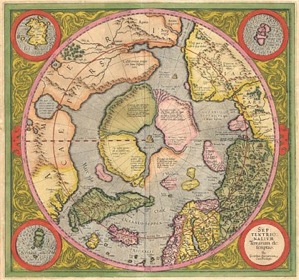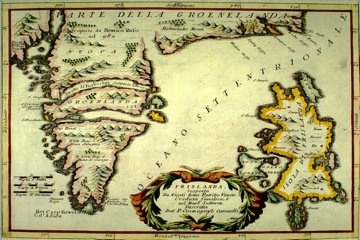
Perhaps, being a traveler (or someone at least vaguely interested in travel), you are as obsessed with maps as I am.
I find old maps nostalgic and achingly beautiful. They seem to bring up a swirl of memories, subterranean memories about exploration, fear, fascination, curiosity. The delicate borders of continents like the veins of leaves, and place names in fine print emanating the smells and sensations and mysteries held within their borders. Brazil, China.



